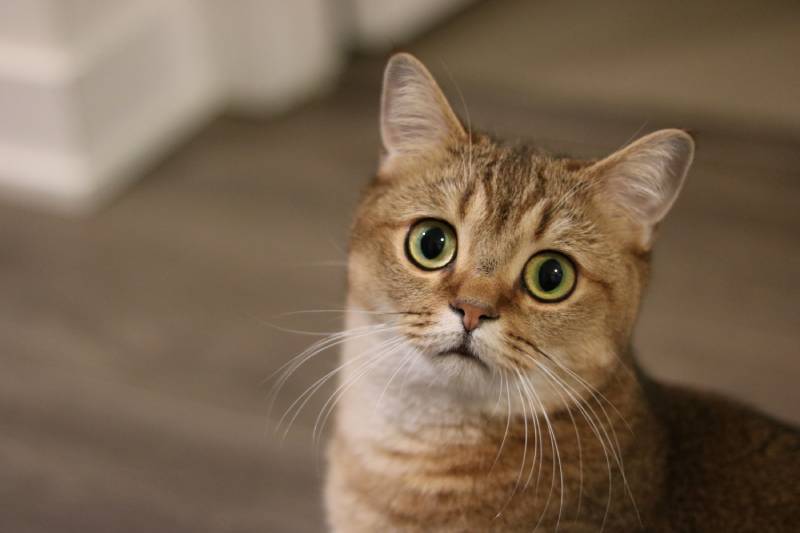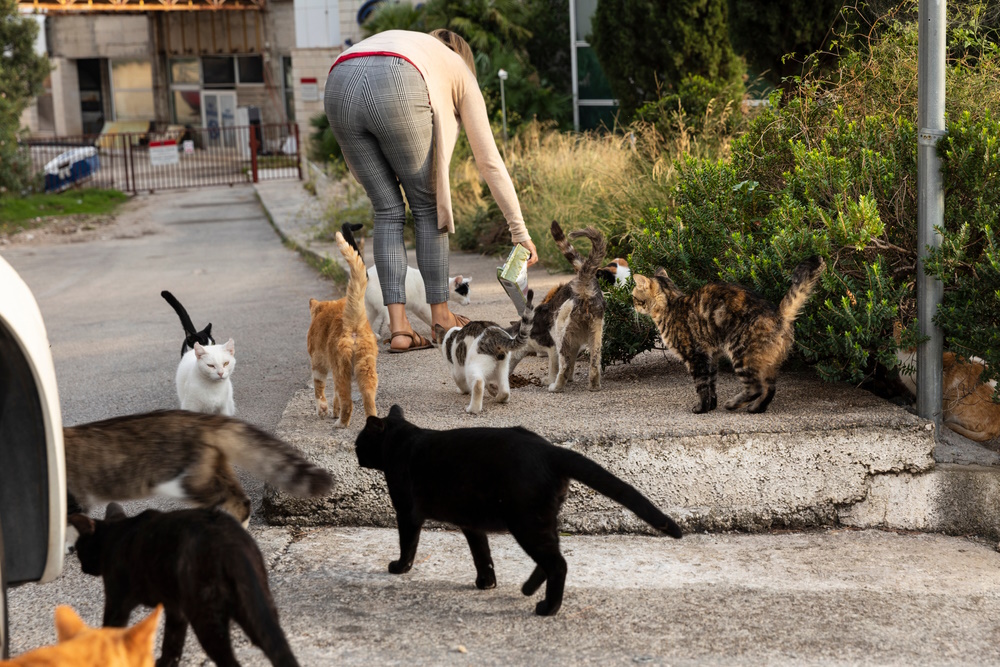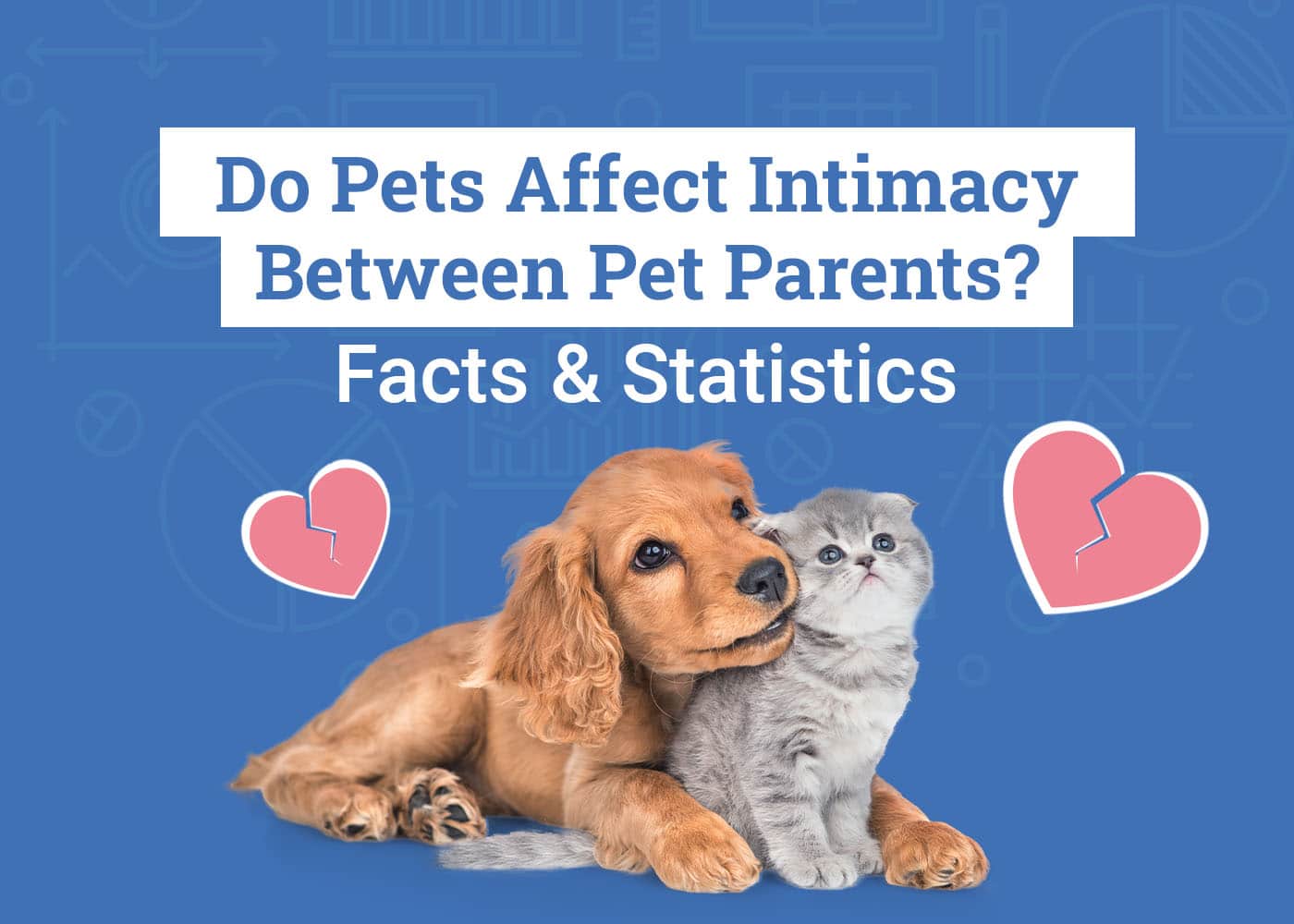Click to Skip Ahead
Note: This article’s statistics come from third-party sources and do not represent the opinions of this website.
There are a myriad of reasons cats make good pets. They are good for mental health, keep us company, and they can be fun and loving. However, with approximately 60 million pet cats in the US alone, and considering their carnivorous feeding requirements, as well as the amount of waste they produce, it is clear that they have some impact on the environment, both locally and globally.
As well as the energy consumption and greenhouse gases created during food production, cats are also responsible for the predation of endemic animal species. According to some sources, they have been directly involved in the extinction of several dozen species, although it is likely that stray, feral, and unowned cats are the primary culprits of these extinctions.
Below are 12 statistics related to cats and their impact on the environment. Few studies of these types are conducted regularly, so some of the facts are a little older. And cat and dog food are usually grouped together for calculations, so some of the facts relate to these combined figures.
The 12 Cats and the Environment Statistics
- There are more than 60 million pet cats in the US.
- Around 8.65 million tons of animal and plant-based ingredients are used in pet food each year.
- Approximately 12% of the waste in landfills is pet waste.
- 3.6 million tons of cat waste and 2 million tons of litter end up in landfills every year.
- Pet food packaging produces 300 million pounds of plastic waste a year in the US.
- 99% of US pet food packaging is thrown away and not recycled.
- Dog and cat diets are responsible for 25-30% of the environmental impact of animal production in the US.
- Pet food production releases approximately 64 million tonnes of greenhouse gases.
- As much energy is used to create US cat and dog food as is used by the human population of France.
- Some estimates suggest cats kill 2.4 billion birds every year in the US.
- Cats kill up to 20 billion mammals each year.
- Cats have had a hand in the extinction of as many as 63 species globally.

General Statistics
1. There are more than 60 million pet cats in the US.
(AVMA)
Cats were first domesticated 10,000 to 12,000 years ago and since then they have been kept to help keep away vermin, and also as companion pets. Dogs are often said to be man’s best friend but pet cats come a close second with statistics showing there are around 60.2 to 62 million pet cats in the USA.
Cats are preferred to dogs by some owners because they are deemed to be more independent. They have a long lifespan, typically living around 15 years or more and can also be good for mental health, providing companionship and even support.
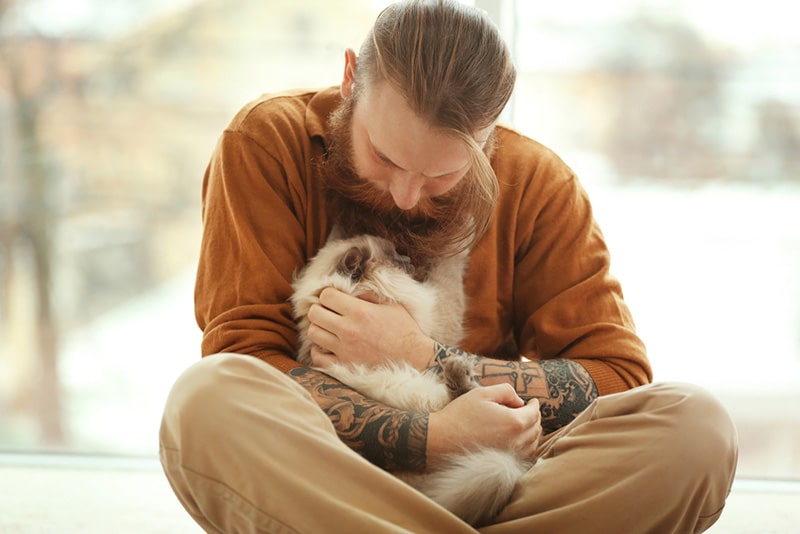
2. Around 8.65 million tons of animal and plant-based ingredients are used in pet food each year.
(AFIA)
Cats are obligate carnivores.Their gastrointestinal tracts and metabolism is adapted to eating meat. They can eat some plant material but they can’t digest it as well and require essential nutrients like taurine that are only found from animal sources. This means cat food for domestic cats should get a majority of its nutrients from meat sources.
Dogs, on the other hand, are omnivores and can process ingredients from both sources. Combined, approximately 8.65 million tons of animal and plant-based ingredients are consumed as pet food every year, in the US.
Waste
3. Approximately 12% of the waste in is pet waste.
(EPWN)
One of the ways that cats, and pets in general, impact the environment, is the waste they produce. Waste from cats comes in the form of litter, as well as its contents. It is estimated that 12% of all landfill waste is pet waste.
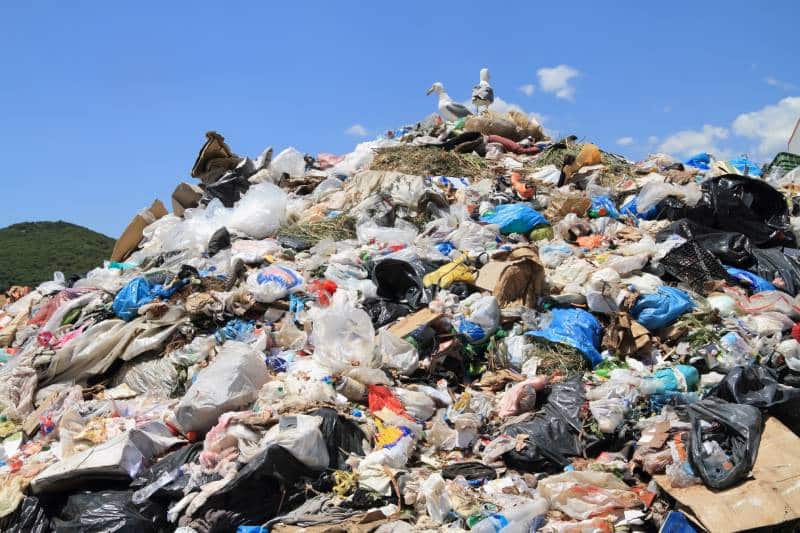
4. 3.6 million tons of cat waste and 2 million tons of litter end up in landfills every year.
(EPWN)
In total, 3.6 million tons of cat waste, as well as 2 million tons of disposed cat litter, end up in landfills. Waste includes excrement, as well as urine, both of which can cause problems if they escape into local water sources or the ground. Cat poop can’t be recycled and while it can be composted, the compost shouldn’t be used for vegetables or in any location where it might leach into soil.
When it comes to the litter itself, it is environmentally better to choose a litter that is made from plant-based resources, such as recycled wood or paper.
5. Pet food packaging produces around 300 million pounds of plastic waste a year in the US.
(Pet Food Processing)
Although litter is a big problem in landfills, it is difficult to avoid. Cats will always need to pee and poop. One problem that we can do something about is the packaging that cat food and cat treats come in. An estimated 300 million pounds of plastic waste is produced every year in the US from pet food packaging alone. Plastic is a major problem when it comes to environmental damage.
Plastic pollution is a problem globally, it leaks into aquatic ecosystems and pollutes lakes, rivers and seas. It can alter habitats and natural processes and reduce an ecosystem’s ability to deal with climate change.

6. 99% of US pet food packaging is thrown away and not recycled.
(Pet Food Processing)
But it isn’t just the plastic in pet food packaging that poses problems. Wax-coated and plastic-coated cardboard materials are too difficult to recycle and, as such, these are typically thrown away and not reused. It is estimated that 99% of all pet food packaging is simply thrown away and not recycled.
While consumers do bear some of the responsibility for this, opting to throw recyclable materials in with their general waste, producers need to make more effort to use more easily recyclable materials.
Energy Usage and Environmental Impact
7. Dog and cat diets are responsible for 25-30% of the environmental impact of animal production in the US.
(PLOS ONE)
Through their diet, dogs and cats constitute about 25-30% of the environmental impacts from animal production. This includes factors like land use, water consumption and use, and fossil fuel consumption.
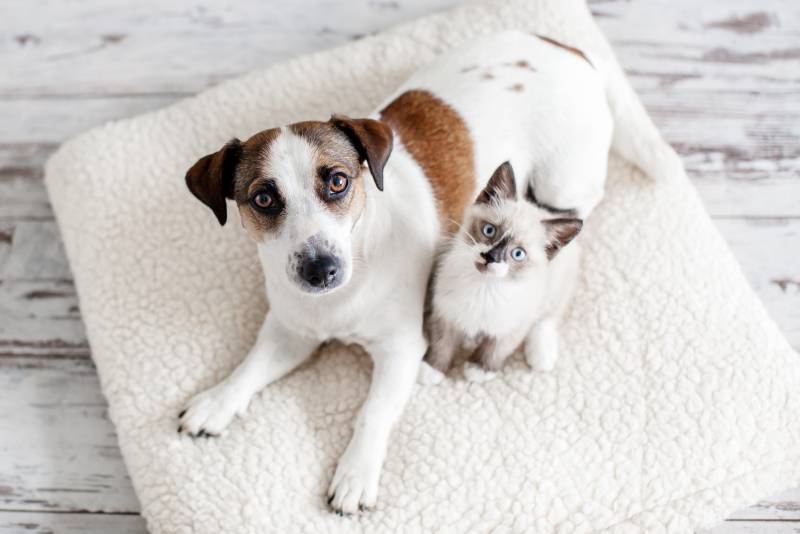
8. Pet food production releases up to 64 million tons of greenhouse gases.
(All About Feed)
Pet food production is very energy intensive, this includes both wet and dried foods.
The production of pet food, including cat food, is responsible for the production of up to 64 million tons of greenhouse gases including methane and nitrous oxide.
9. As much energy is used to create US cat and dog food as is used by the human population of France.
(TED)
Meat production is the single biggest producer of greenhouse gas emissions, creating more than all forms of transport combined. And, when it comes to pets, the single biggest influence on the environment they have comes via the production of their food and treats. The energy produced to create food is measured in petajoules, and US dogs and cats alone are responsible for the consumption of 200 petajoules worth of food every single year.
This is approximately the same as the consumption of the entire human population of France.
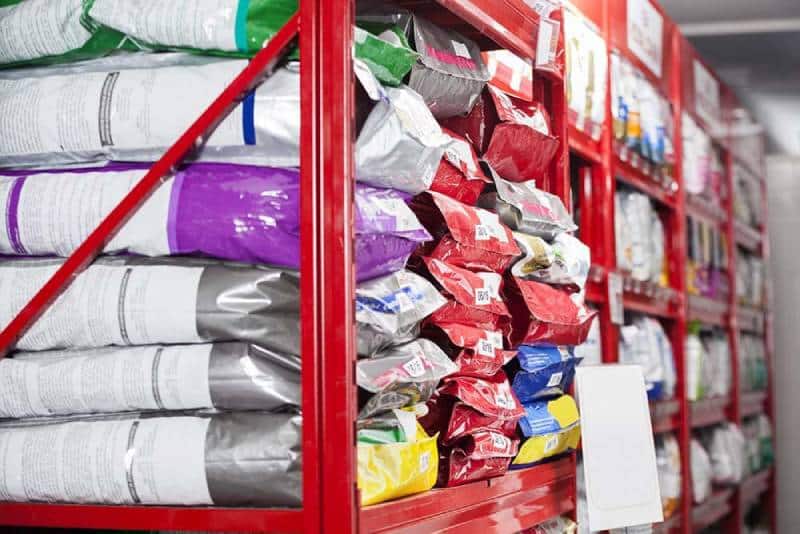
Predation and Species Extinction
10. Some estimates suggest cats kill 2.4 billion birds every year in the US.
(ABC Birds)
It isn’t just the global environment, and greenhouse gases, that cats have an impact on. Cats are said to be responsible for the predation, or killing, of around 2.4 billion birds in the US every year. Obviously, indoor cats do not predate animals, and it is believed that stray, feral, and unowned cats are those that are responsible for most of these deaths.
One study on the effects of feline predation on Black Redstarts in Switzerland, which were thought to be particularly vulnerable to cat predation, showed that while cats reduced the productivity of the species by 12%, the rate of population increase was sufficient to maintain population numbers.
11. Cats kill up to 20 billion mammals each year.
(NCBI)
It isn’t just birds that cats kill, either. In fact, they kill more small mammals than they do birds, with estimates suggesting that they kill 6.9 to 20.7 billion mammals every year in the US. Again, it is unowned and free-roaming cats that are responsible for most of these deaths, but pet cats do also have an impact and the population of unowned cats is only so high because of the burgeoning population of pet felines. Research suggests that simple changes can reduce predation figures significantly.
Playing with cats for 10 minutes a day reduces their predation rate by 25% while changing to a high meat protein diet reduced this figure by 36%.
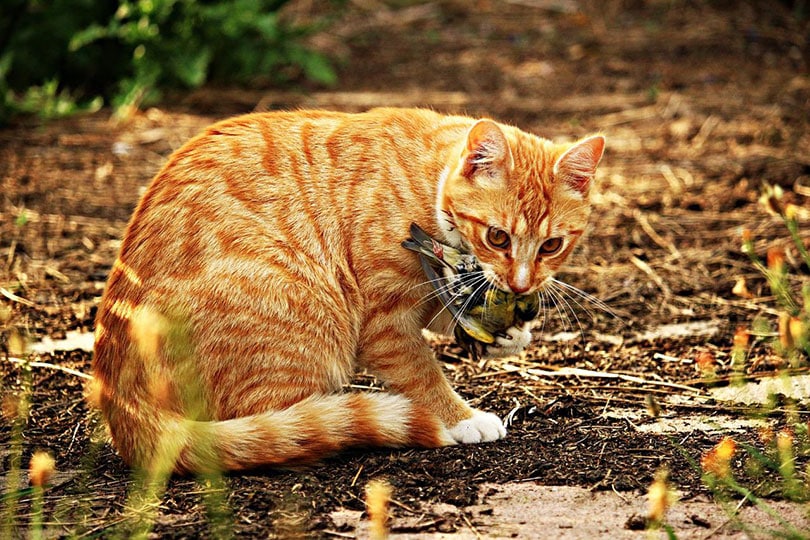
12. Cats have had a hand in the extinction of as many as 63 species globally.
(NCBI)
Cats, including domestic pet cats, hunt and kill birds and other small animals. According to some estimates, they have been directly involved, although not necessarily individually responsible, for the extinction of 63 species of bird, mammal and reptiles.
Frequently Asked Questions
How can you stop cats from predating wild animals?
Although most predations of small animals are done by feral cats, some pet cats are also known for their hunting. To help prevent this, ensure your cat has a good diet that is high in meat protein, and introduce daily object play to help meet your cat’s hunting needs. You can also try putting a bell on your cat’s collar, although this can be detrimental if there are predators in the area.
The only real way to completely prevent cats from predating small animals, though, is to stop cats from going outside.
How should you dispose of cat litter?
Try and choose a biodegradable litter as this will biodegrade while in landfill. Scoop the poop and only get rid of the litter when it is urine soaked or during a deep clean. Put the used litter in a biodegradable plastic bag and tie it up, before putting it in with regular waste. Avoid flushing litter and if you do compost it, ensure that you don’t use the compost for vegetables or other edibles in your garden.
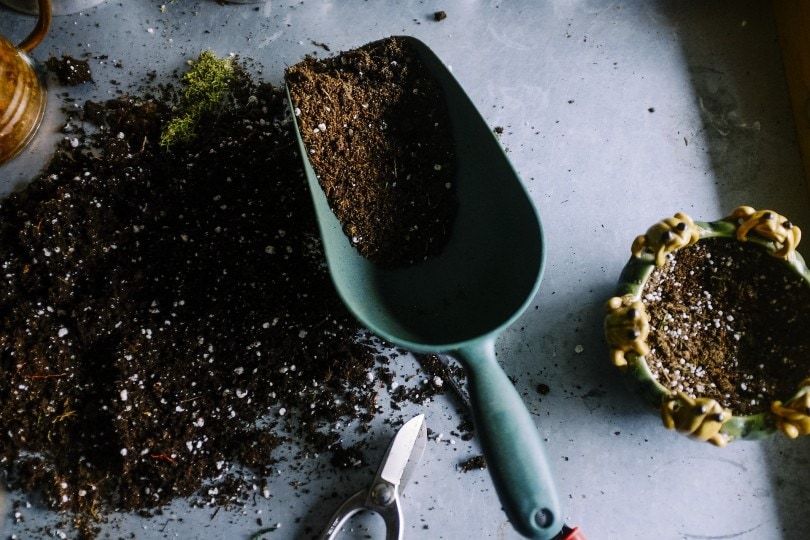
How can you minimize waste from cat food products?
Cats need to eat meat to be healthy and happy. Minimally processed cat food uses less energy in its production, but other than that, there isn’t a lot that can be done to reduce the environmental impact of meat consumption. One area you can improve on, though, is in the packaging of the food and, specifically, what is done with the waste.
Choose foods that use recyclable materials and ensure that you recycle them. Try to buy bigger packs with more content, rather than smaller packs, because you will use less waste overall.
Conclusion
Cats are one of the most popular pet species in the world, thanks to their independence and their often affectionate nature. However, for all their benefits, cats, like dogs, do have an impact on the environment. In particular, pet food production places a heavy burden on the environment, but some studies also suggest that outdoor cats can have a significant impact on more local environments due to their predation of small mammals and birds.
Featured Image Credit: aesthetica, Shutterstock

